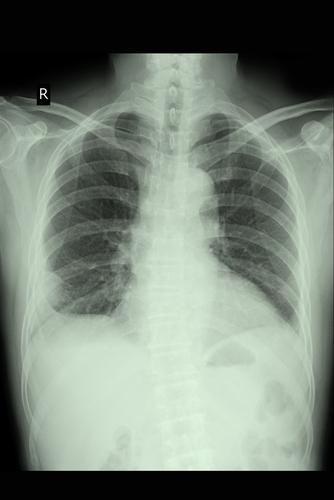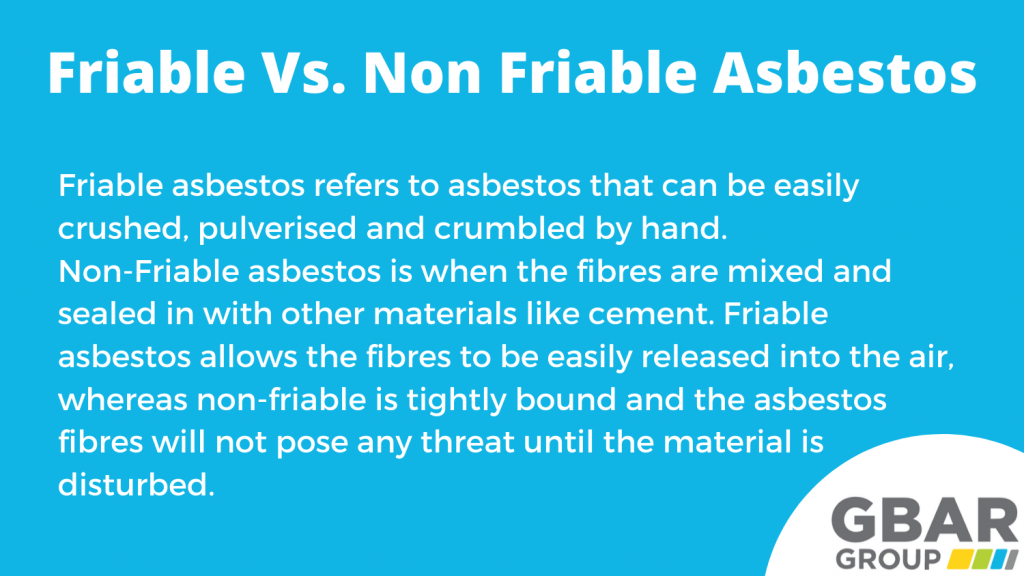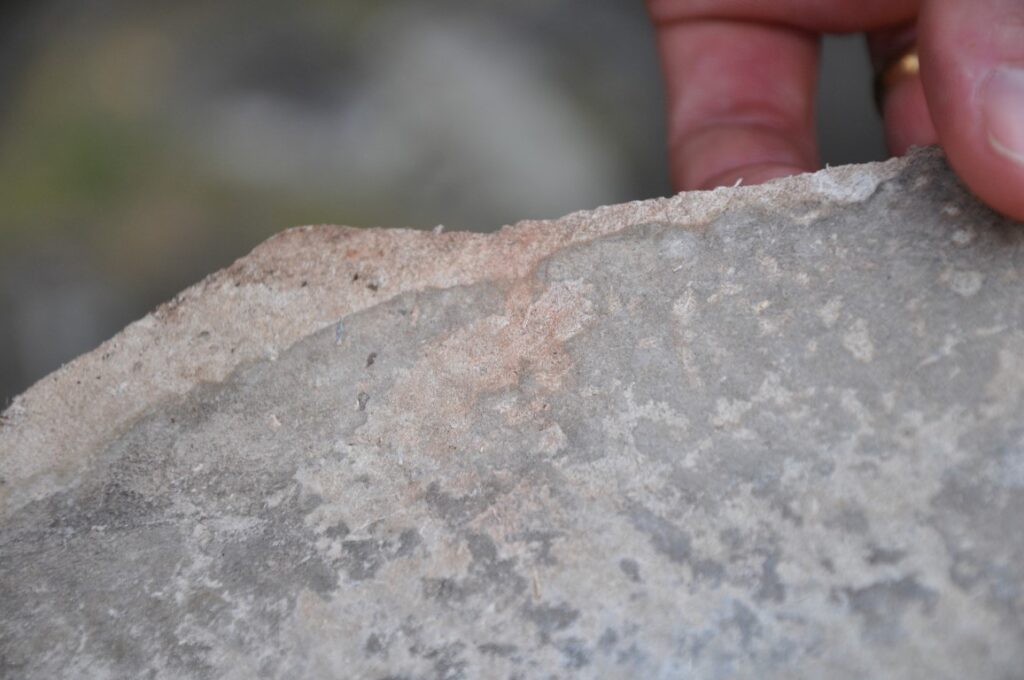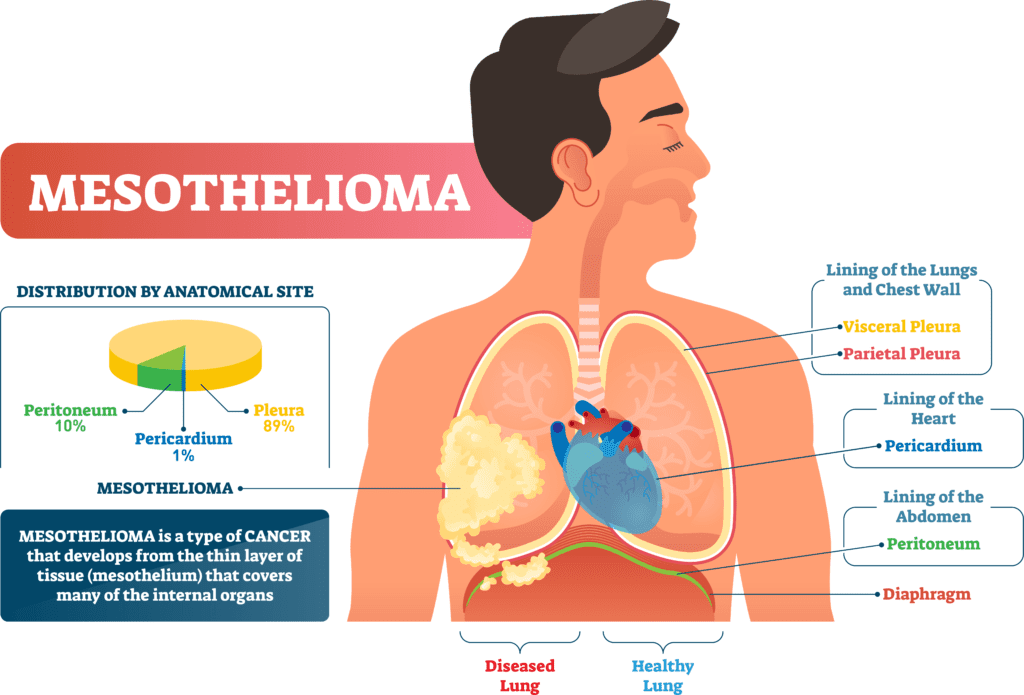Asbestos, a harmful mineral once widely used in construction materials, has long been known for its dangerous effects on the lungs. However, a pressing question remains: Can the lungs clear asbestos? With concerns rising about the long-term health consequences of asbestos exposure, scientists have been exploring the ability of our body’s natural defense mechanisms to remove this toxic substance from our lungs. In this article, we will investigate the lung’s potential to clear asbestos and uncover the latest research findings in this intriguing field.
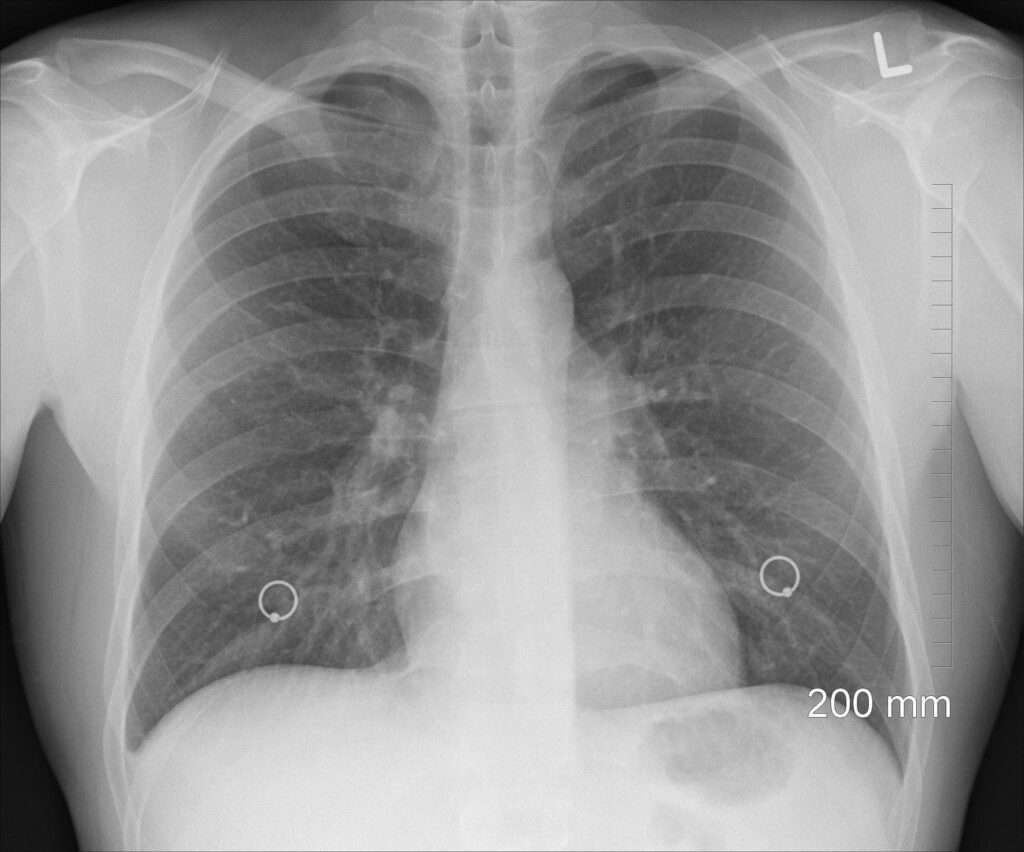

Understanding Asbestos
The Definition of Asbestos
Asbestos is a naturally occurring mineral that has been widely used in various industries due to its heat resistance and durability. It is composed of fibrous crystals that can easily become airborne when disturbed. This makes asbestos a significant health concern as inhalation of its microscopic fibers can lead to severe respiratory diseases.
Common Types of Asbestos
There are six different types of asbestos minerals, each with unique characteristics. The most commonly encountered types include chrysotile, amosite, and crocidolite. Chrysotile, also known as white asbestos, is the most widespread type and has been extensively used in construction materials. Amosite, or brown asbestos, is often found in insulation products, while crocidolite, also known as blue asbestos, is the most hazardous type due to its sharp, needle-like fibers.
Health Risks Associated with Asbestos Exposure
Exposure to asbestos can result in various health risks, particularly respiratory diseases. These may include asbestosis, lung cancer, and mesothelioma – a rare and aggressive form of cancer affecting the lining of the lungs or abdomen. Asbestos exposure may not immediately cause symptoms, and the associated diseases often have long latency periods ranging from 10 to 50 years. Therefore, it is crucial to understand the mechanisms of asbestos inhalation and the clearance processes within the lungs.
The Respiratory System
An Overview of the Respiratory System
The respiratory system consists of several organs and structures that collectively enable the exchange of oxygen and carbon dioxide within the body. The primary components of this intricate system are the nose, mouth, throat, trachea, bronchi, and lungs.
Role of the Lungs
The lungs are the central organs of the respiratory system responsible for the intake of oxygen and removal of carbon dioxide from the body. They are made up of millions of small air sacs called alveoli, where the gas exchange takes place.
Mechanisms of Lung Function
The lungs function through a complex process that involves breathing and the movement of air in and out of the respiratory system. When air is inhaled, it passes through the trachea, which splits into the two bronchi leading to each lung. The bronchi then divide into smaller bronchioles, and eventually, the air reaches the alveoli, where oxygen is taken up by red blood cells.
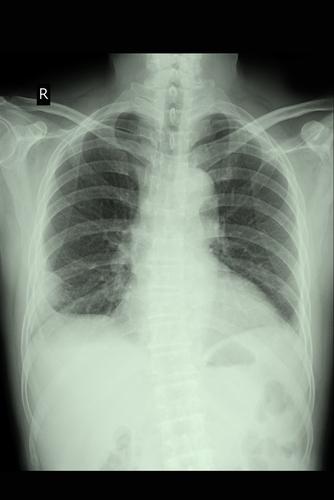

Asbestos Inhalation and Deposition
How Asbestos Fibers Enter the Body
Asbestos fibers can enter the body when they become airborne and are subsequently inhaled. This commonly occurs in occupational settings where asbestos-containing materials are disturbed during processes such as mining, construction, or renovation. However, asbestos fibers can also be present in the environment, particularly in older buildings, leading to the potential exposure of individuals who inhabit or conduct activities in such spaces.
Deposition of Asbestos Fibers in the Lungs
Once asbestos fibers are inhaled, they can travel deep into the respiratory system and reach the lungs. Their small size and shape enable them to bypass the body’s natural defense mechanisms, such as the nose and throat, and penetrate into the lower airways. Over time, these fibers may accumulate and become deposited in the lung tissue, leading to potential long-term health effects.
Long-Term Effects of Asbestos Inhalation
Long-term exposure to asbestos fibers can lead to the development of respiratory diseases. Inhalation of asbestos fibers can cause inflammation and scarring of lung tissue, impairing lung function and potentially leading to conditions such as asbestosis. Additionally, asbestos inhalation is a major risk factor for lung cancer and mesothelioma, with the risk increasing with the duration and intensity of exposure.
Clearance Mechanisms in the Lungs
Mucociliary Escalator
The lungs have several clearance mechanisms that aim to remove foreign particles, including asbestos fibers, from the respiratory system. One of these mechanisms is the mucociliary escalator. This process involves the coordinated movement of tiny hair-like structures called cilia, which line the airways and beat in a rhythmic motion to transport mucus along with trapped particles out of the lungs.
Macrophage Response
Macrophages, specialized cells of the immune system, play a vital role in the clearance of asbestos fibers. When asbestos is inhaled, macrophages engulf the fibers and attempt to break them down. However, asbestos fibers can resist degradation and, as a result, persist within these cells. This prolonged presence of asbestos within macrophages can lead to chronic inflammation and damage to lung tissue over time.
Role of Alveolar Epithelial Cells
Another important player in asbestos clearance is the alveolar epithelial cells. These cells line the surface of the alveoli in the lungs and help maintain the integrity of the lung tissue. They can also participate in the removal of asbestos fibers by actively engulfing and transporting them to be expelled from the lungs. However, the capacity of alveolar epithelial cells to clear asbestos is limited when faced with a high concentration or prolonged exposure to asbestos fibers.


Factors Affecting Asbestos Clearance
Fiber Size and Shape
The size and shape of asbestos fibers greatly influence their ability to be effectively cleared from the lungs. Generally, smaller fibers are more likely to penetrate into the lower regions of the lungs, where clearance mechanisms may have more difficulty reaching. Similarly, fibers with a needle-like shape, such as crocidolite fibers, are more persistent and less readily cleared compared to smoother fibers like chrysotile.
Dose and Duration of Exposure
The amount and duration of asbestos exposure are critical factors contributing to the clearance of asbestos fibers from the lungs. Higher levels of exposure and longer durations increase the likelihood of asbestos fibers accumulating in lung tissue, overwhelming the clearance mechanisms and leading to a higher risk of developing asbestos-related diseases.
Individual Susceptibility Factors
Each individual may exhibit differences in their ability to clear asbestos fibers due to various factors. Genetic predispositions, underlying health conditions, and lifestyle habits can influence the efficiency of clearance mechanisms in the lungs. Additionally, the presence of other airborne pollutants and particulate matter may further hinder the clearance of asbestos fibers and exacerbate the health risks associated with exposure.
Inflammatory Response and Fibrosis
Inflammation Induced by Asbestos
When asbestos fibers are deposited in the lungs, they elicit a chronic inflammatory response. The immune system recognizes the fibers as foreign invaders and initiates an immune response to remove them. However, due to the persistent presence of asbestos fibers and their resistance to degradation, the inflammatory response becomes chronic, leading to continuous inflammation in the lung tissue.
Development of Fibrosis in the Lungs
As a result of the chronic inflammation caused by asbestos fibers, the lung tissue undergoes a process called fibrosis. Fibrosis refers to the formation of excess connective tissue, which can lead to scarring and stiffness in the lungs. The fibrotic changes can impair lung function, reduce the capacity for gas exchange, and further exacerbate the risk of respiratory diseases.
Scarring and Damage to Lung Tissue
The scarring and damage caused by asbestos-induced inflammation and fibrosis can have long-lasting consequences on lung health. The structural changes in the lung tissue can result in a reduced lung capacity, making it more difficult for individuals to breathe and engage in physical activities. The extent of scarring and damage varies depending on the dose and duration of asbestos exposure, as well as individual susceptibility factors.
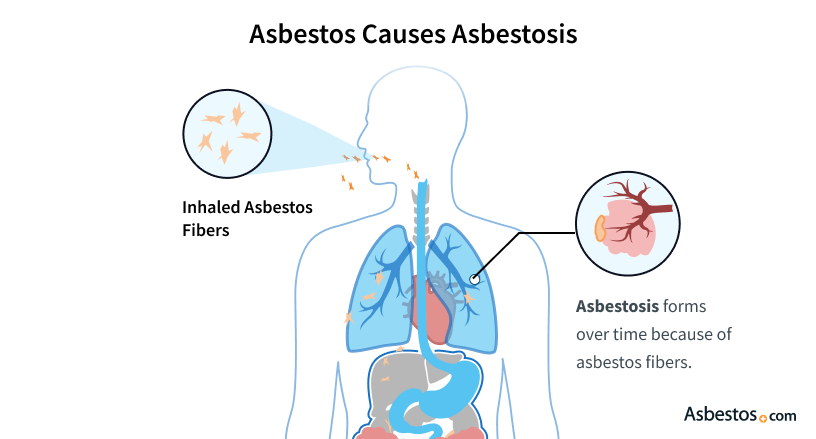

Challenges in Asbestos Clearance
Persistence of Asbestos Fibers in Lung Tissue
One of the significant challenges in asbestos clearance is the persistence of asbestos fibers within the lung tissue. Asbestos fibers can remain embedded in the lungs for years or even decades, resisting degradation and clearance attempts. This prolonged presence increases the risk of developing asbestos-related diseases and hampers the recovery and improvement of lung function.
Impairment of Clearance Mechanisms
Due to the nature of asbestos fibers and their ability to resist degradation, the clearance mechanisms within the lungs can become impaired. The continued exposure to asbestos fibers overwhelms the mucociliary escalator and macrophage response, causing these mechanisms to become less effective in removing the fibers from the respiratory system. As a result, asbestos fibers can persist and accumulate, contributing to the development of respiratory diseases.
Effectiveness of Treatment Options
Treating asbestos-related lung disorders can be challenging, as the clearance of asbestos fibers from the lungs often remains incomplete. While symptomatic treatment approaches can provide relief and manage symptoms, they do not address the underlying issue of asbestos fiber retention. The removal of asbestos fibers through invasive procedures is also challenging and may not always be feasible. Lung transplants are considered in severe cases, but the availability of suitable donor lungs and the complexities of the procedure limit their applicability.
Medical Interventions for Asbestos-Related Lung Disorders
Symptomatic Treatment
Symptomatic treatment focuses on managing the symptoms associated with asbestos-related lung disorders, aiming to improve the quality of life for affected individuals. This may involve medications to alleviate breathing difficulties, reduce inflammation, and provide relief from pain and discomfort. Pulmonary rehabilitation programs may also be recommended to enhance lung function and physical endurance.
Removal of Asbestos Fibers
The removal of asbestos fibers from the lungs is a desired outcome but often challenging to achieve. Certain techniques such as bronchial lavage, bronchoscopy, and surgical lung biopsy may be employed to remove asbestos fibers from the airways and lung tissue. However, these procedures are invasive, carry certain risks, and may not completely eliminate all fibers.
Lung Transplants
In severe cases of asbestos-related lung disorders where lung function is significantly compromised, a lung transplant may be considered. Lung transplantation involves replacing one or both diseased lungs with healthy donor lungs. However, the availability of suitable donor organs, the complex surgical procedure, and the potential for organ rejection limit the feasibility and accessibility of this treatment option.
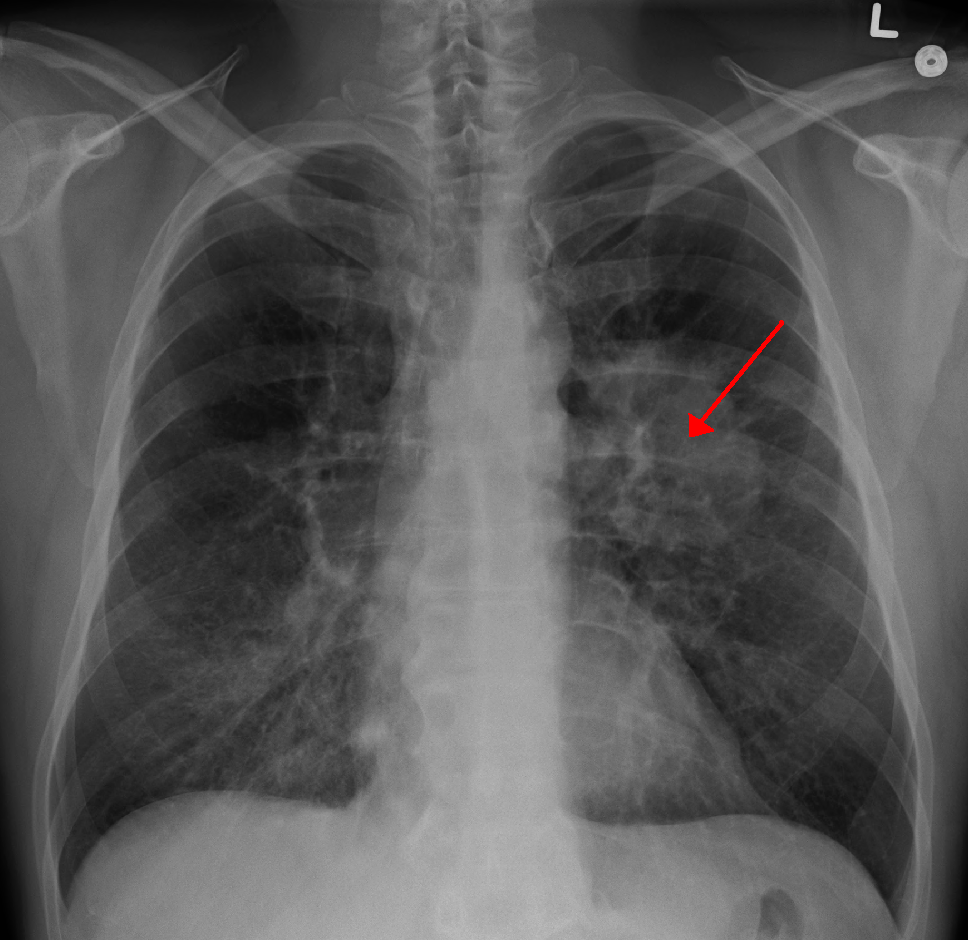

Preventing Asbestos-Related Health Problems
Minimizing Exposure to Asbestos
The primary approach to preventing asbestos-related health problems is to minimize exposure to asbestos fibers. This can be achieved through proper identification and handling of asbestos-containing materials in buildings, construction sites, and industrial settings. Strict adherence to safety regulations and the use of personal protective equipment, such as respiratory masks, can help reduce the risk of inhaling asbestos fibers.
Regular Screening and Early Detection
Regular medical screening is essential for individuals who have been exposed to asbestos. Screening tests such as chest X-rays, CT scans, and pulmonary function tests can help detect early signs of asbestos-related lung disorders. Early detection enables prompt intervention and management, potentially improving outcomes and quality of life for affected individuals.
Promoting Lung Health
Maintaining overall lung health is vital in reducing the risk and severity of asbestos-related respiratory diseases. Practicing healthy lifestyle habits such as regular exercise, avoiding smoking and exposure to other harmful substances, and maintaining good air quality indoors can all contribute to lung health. Additionally, vaccinations for respiratory infections, such as the flu and pneumonia, can help prevent further complications in individuals with compromised lung function.
Conclusion
Understanding the complexities of asbestos clearance in the lungs is crucial for comprehending the potential health risks associated with exposure to asbestos fibers. The inhalation and deposition of asbestos fibers can lead to long-term respiratory diseases, including asbestosis, lung cancer, and mesothelioma. The clearance mechanisms in the lungs, such as the mucociliary escalator, macrophage response, and alveolar epithelial cells, play a crucial role in removing asbestos fibers but can be impaired by factors such as fiber size, dose and duration of exposure, and individual susceptibility.
The chronic inflammation induced by asbestos exposure can lead to the development of fibrosis and scarring in lung tissue, impairing lung function and affecting overall respiratory health. Challenges in asbestos clearance arise from the persistence of asbestos fibers, impaired clearance mechanisms, and limited effectiveness of treatment options. While symptomatic treatment approaches and removal procedures exist, complete elimination of asbestos fibers from the lungs remains difficult to achieve.
Preventing asbestos-related health problems primarily involves minimizing exposure to asbestos fibers, regular medical screening, and promoting overall lung health. Timely prevention and intervention are essential in mitigating the risks and improving outcomes for individuals exposed to asbestos. Continued research and awareness are crucial in furthering our understanding of asbestos clearance and developing more effective strategies for prevention, treatment, and supportive care for those affected by asbestos-related lung disorders.

